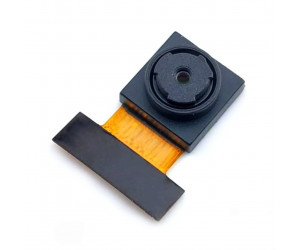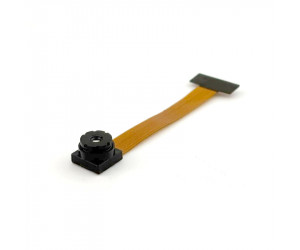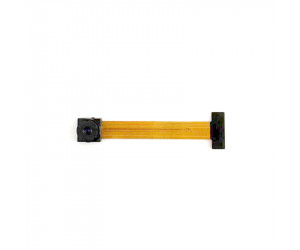Camera Module Solutions
USB Camera Module, MIPI Camera Module, FPC Camera for Flexible Integration
| Product Code | Pixels | Frame Rate | Lens Size | Type | FL / FOV(D) |
| CM/ MCM/ UCM: | 03M: VGA | 15: 15fps | M5 | Q: Square | -FL2.1 |
| Camera Module | 1.3M (Mega) | 30: 30fps | M7 | L: Slender | -FL6 |
| MIPI Camera | 5M (Mega) | 15: 15fps | M12 | S: Small | -V60: 60° |
| USB Camera | 13M (Mega) | 120: 120fps | S: Special | F: FPC | -AF: Auto Focus |
— Explanation of Product Code Components —
Our experience in optoelectronic integration and image processing enables us to deliver high-performance camera module solutions. From standard USB camera modules to MIPI and FPC camera modules, we provide flexible configurations for AI, surveillance, and embedded applications. To help identify key specifications at a glance, we adopt a structured product naming rule that includes information such as sensor resolution, frame rate, lens type, module format, and field of view (FOV). This naming convention—summarized in the table above—allows for quick selection and integration of the appropriate camera module for your application.
- USB Camera Module: Our USB camera modules follow standard USB interface protocols, offering excellent plug-and-play compatibility and broad adaptability across systems. These USB camera modules integrate both the camera unit and video capture functions, making them driver-free and directly usable in image processing software and system-level applications.
- CMOS Camera Module: A CMOS camera module (CCM) typically uses MIPI or DVP interfaces and requires separate DSP or processing units. Development usually involves adapter boards or daughter-boards. Key advantages of CCM solutions include compact size, low power consumption, and cost-efficiency — ideal for embedded systems.
- MIPI Camera Module: Camera modules with MIPI interface deliver high-speed data transfer and excellent imaging performance. These MIPI camera modules are widely used in embedded platforms where performance, compact size, and low cost are essential.
- Custom Camera Modules: Beyond standard products, we also provide custom camera module and sensor module development. Whether you need a tailored compact camera sensor module or a special configuration, we can design to your specifications. Visit our custom camera module page to learn more about the customization process. We welcome your inquiries — contact us here.
AI Camera Module with Integrated SoC Solution
AICM1001: Integrated AI SoC Camera for Edge Vision
The AICM1001 AI Camera Module combines a CMOS Image Sensor with a powerful AI SoC (AI1001), enabling real-time image processing and object recognition at the edge. This all-in-one camera solution is ideal for AI vision applications in smart homes, toys, accessories, and industrial devices.
Key Features
- Single-Chip Integration: AI SoC with built-in CMOS Image Sensor.
- Compact Design: Ultra-small module, flexible cable interface.
- Peripheral Support: Microphone, speaker, G-sensor, flicker control, LED indicator.
- Cost-Effective: High-yield process with SDK and dev board support.
AI Camera Applications
- Smart Home: Intelligent control for lighting, HVAC, robot cleaners with real object detection.
- Gesture Control Accessories: Touch-free gesture recognition in audio docks and smart speakers.
- Interactive Smart Toys: Face tracking and ID in toys for interactive reactions.
- Machine Vision: Industrial quality control, robotics, smart automation.
Development Kit Available
The development board supports SPI Flash updates and offers sufficient GPIOs for prototyping and debugging. Developers can complete early-stage design and directly transfer verified code to production boards.
Want to learn more or discuss your application needs? Contact Us — we’re here to help.


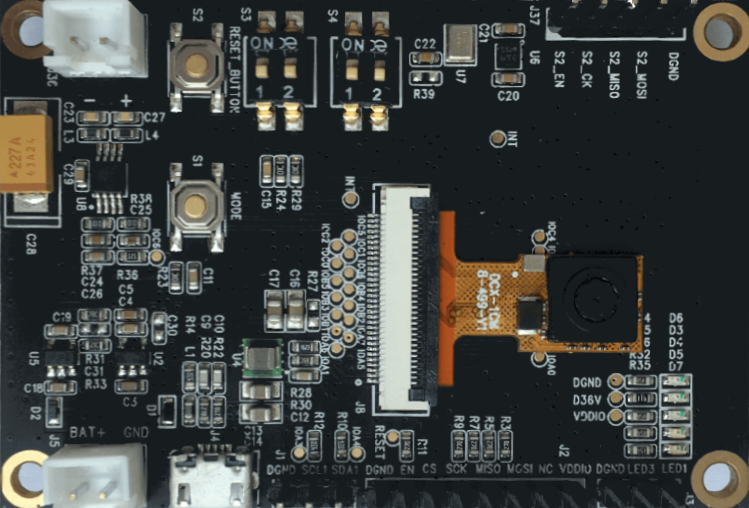
Custom Camera Module Design and Integration
Your Guide to Board Camera Customization and Optimization
Whether you're building a smart device, industrial machine, or medical equipment, the right camera module can greatly enhance product performance. This guide walks you through the key factors and processes in customizing your own camera modules.
1. Define Your Requirements
- Lens Type: Fixed-focus, autofocus, or manual.
- Sensor: CMOS/CCD based on image quality, price, and availability.
- Interface: USB, MIPI, or Parallel depending on your application.
- Board Size: Tailored to fit product dimensions.
- Resolution: From 0.3MP to 20MP depending on image detail needs.
- Field of View (FOV): Choose wide-angle or narrow FOV based on use case.
2. Choose the Right Components
- Sensor Chip: Sony, OmniVision, or Onsemi sensors for specific imaging needs.
- Lens Mount: S-Mount (M12), CS Mount, or fixed lens holder.
- IR Filter: IR-cut for daylight use or IR-pass for night vision.
- Connector: Pin headers, FPC cables, or USB interface board.
Not sure which sensor or lens combination is right for your application?
👉 Contact Us to start your custom camera module consultation.
3. Evaluate Annual Volume
Custom camera modules usually require a minimum order quantity (MOQ). If your Estimated Annual Usage (EAU) is over 500 units, custom development becomes feasible and cost-effective.
4. Testing & Integration
- Driver Support: Ensure compatibility with Windows, Linux, or Android.
- Firmware Tuning: Adjust white balance, exposure, gain, sharpness.
- Prototyping: Request evaluation samples to test integration.
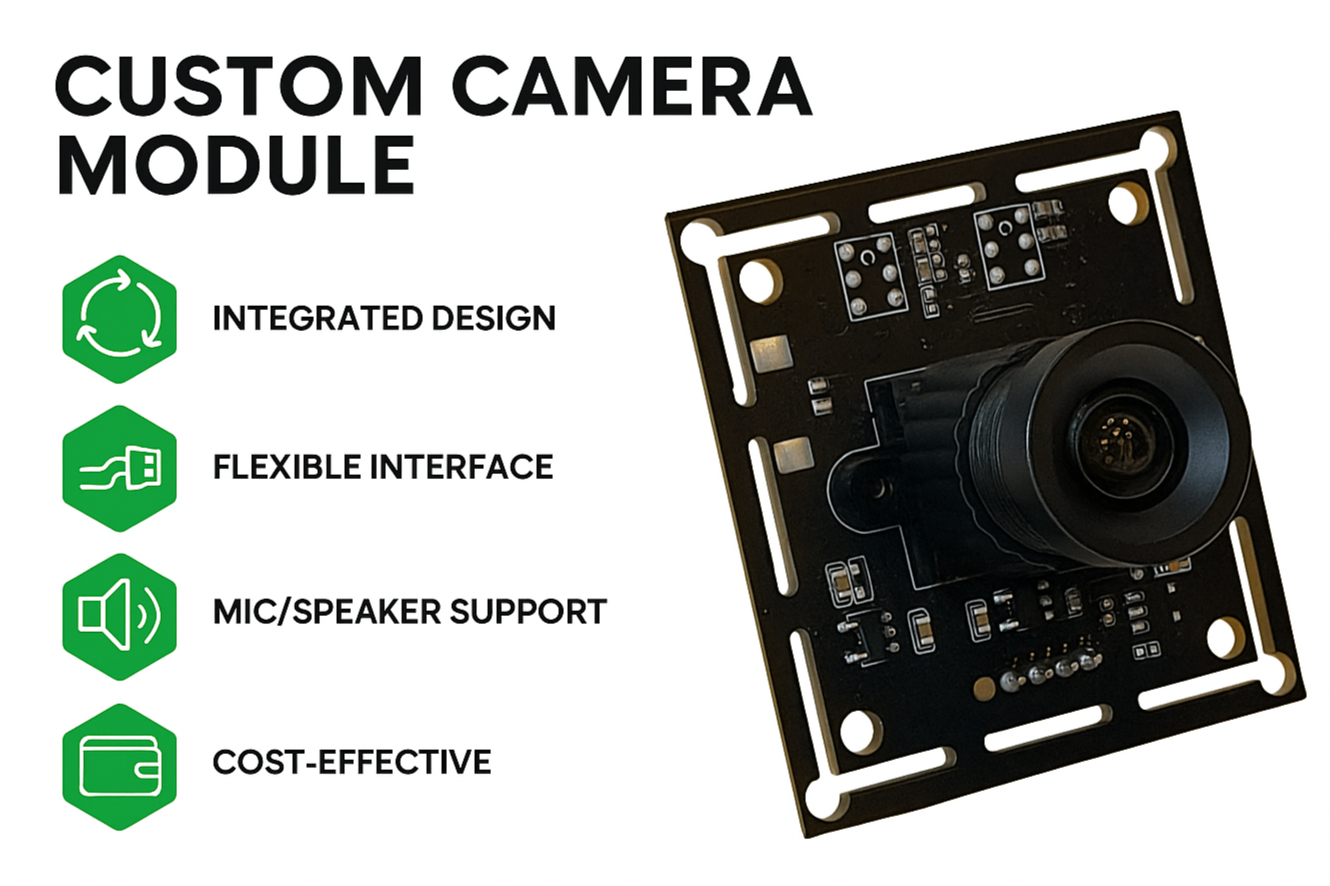

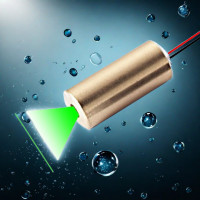
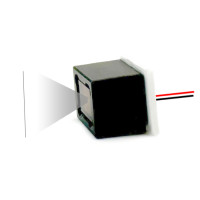
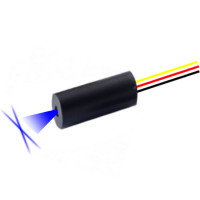
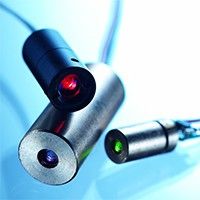
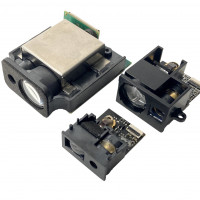
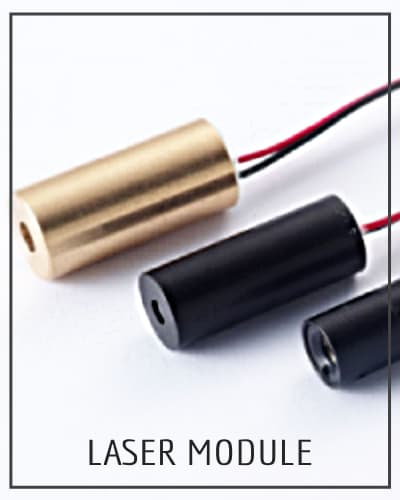
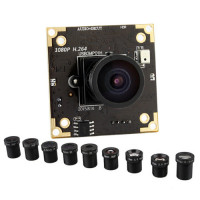
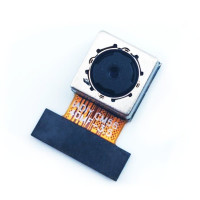
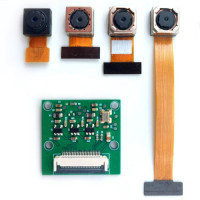
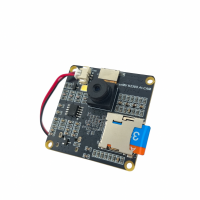
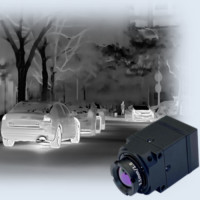
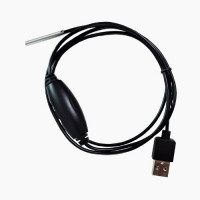
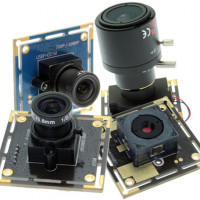
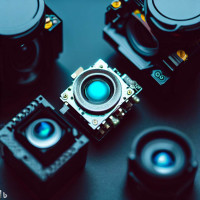
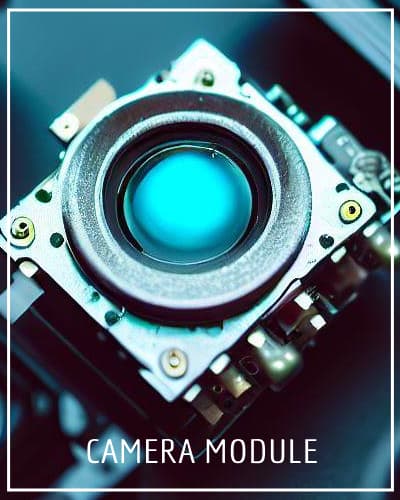
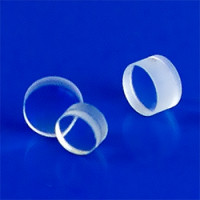
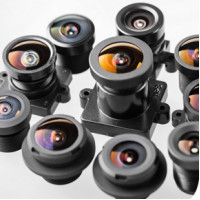
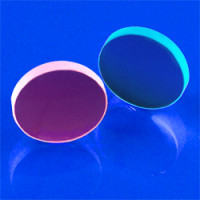
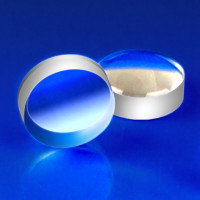
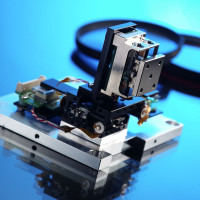
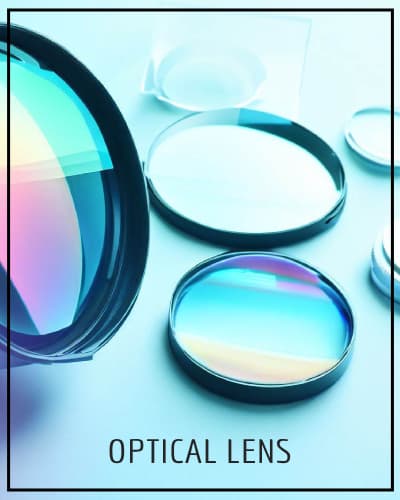
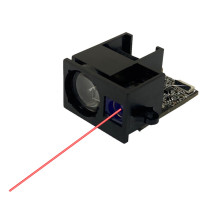
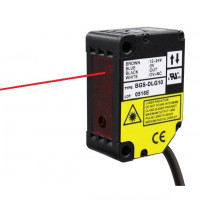
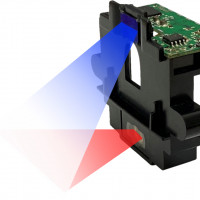
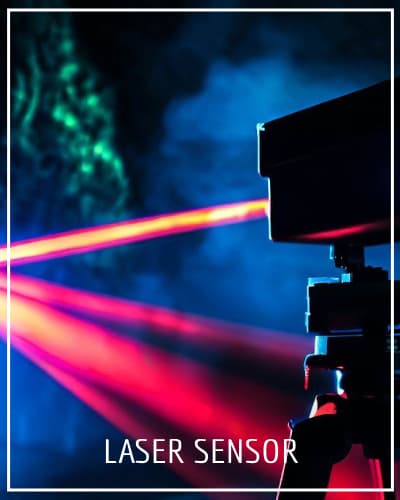
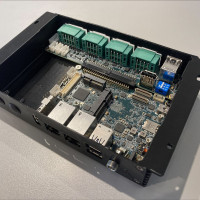
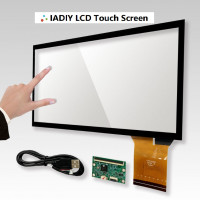
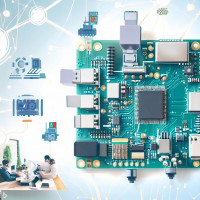
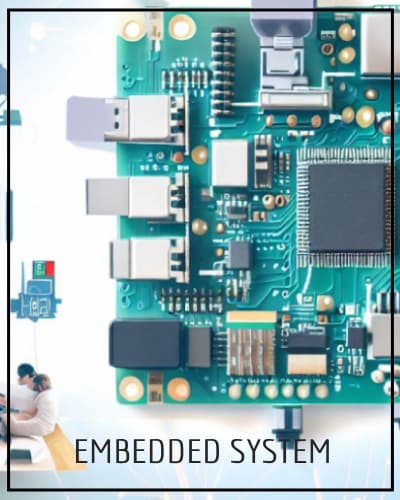

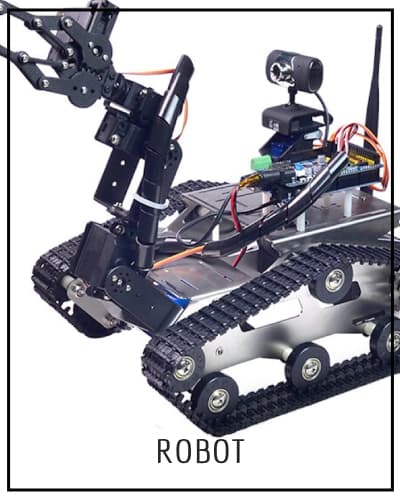
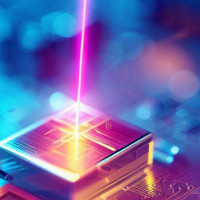
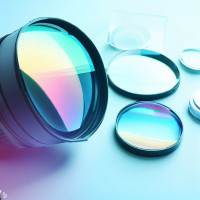
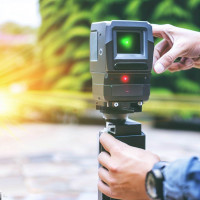
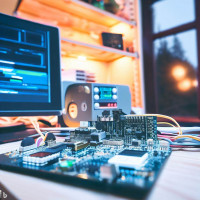


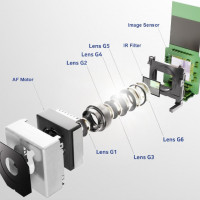

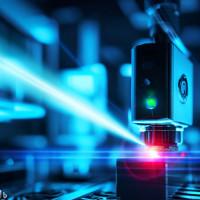
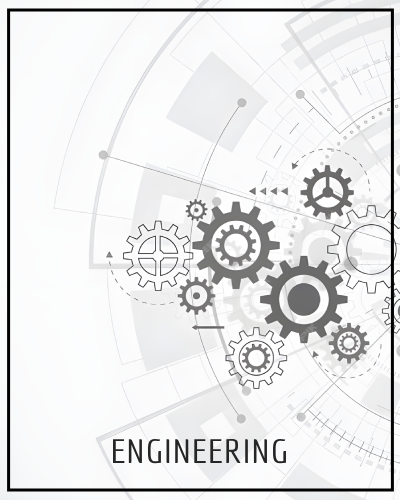
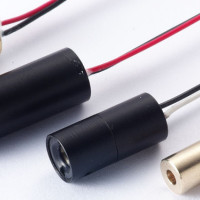
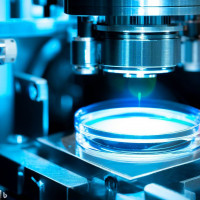
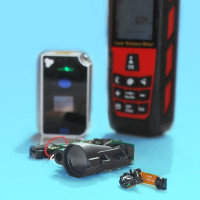
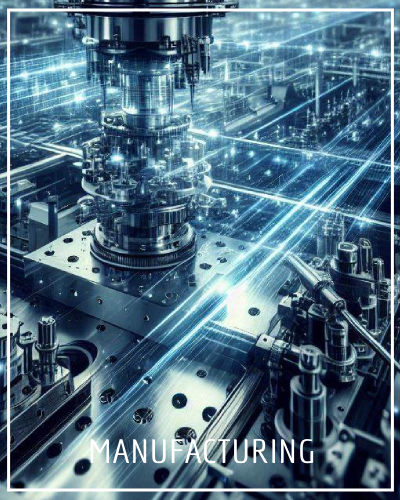
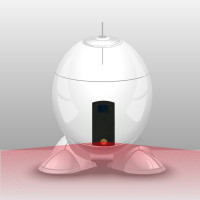
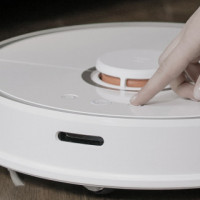


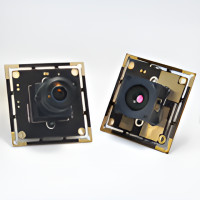
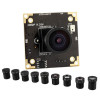




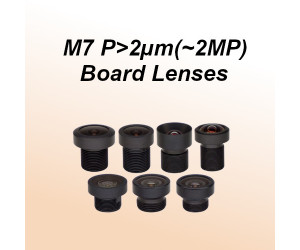
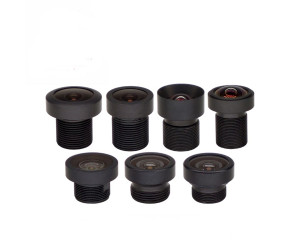
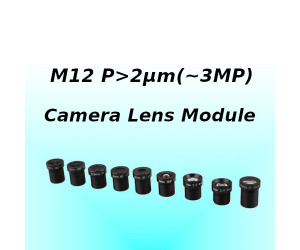
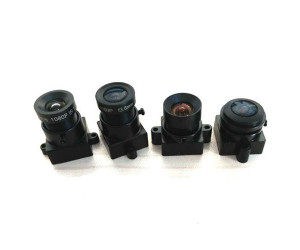
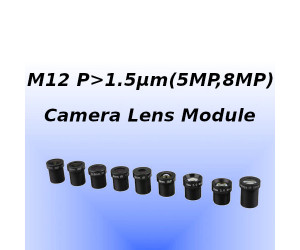
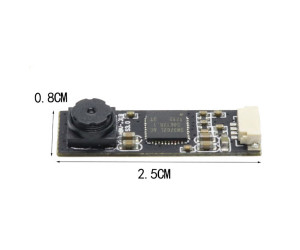
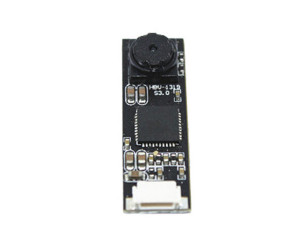
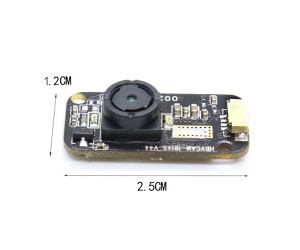
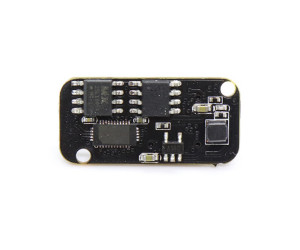
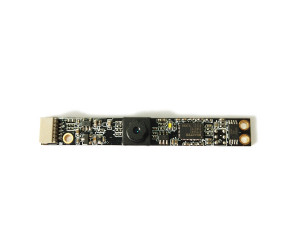
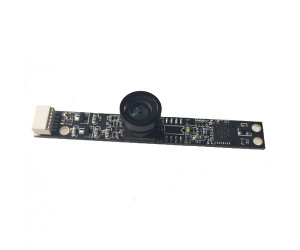
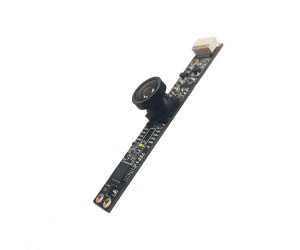
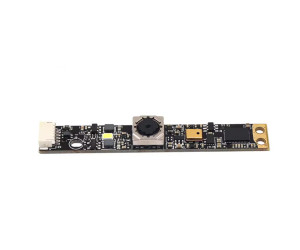
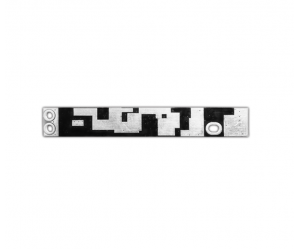
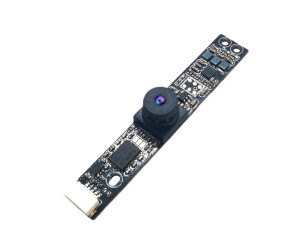
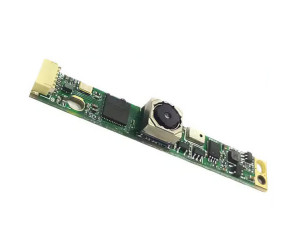
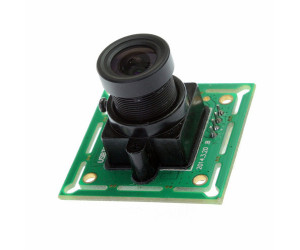
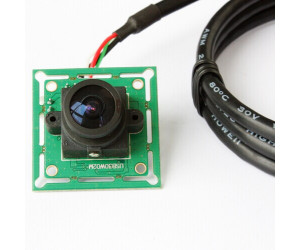
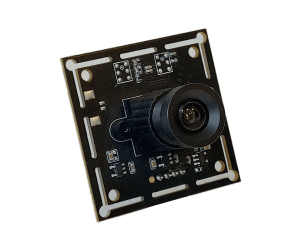
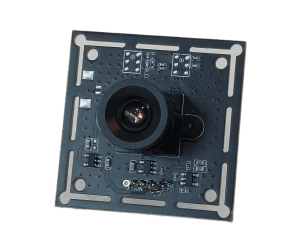
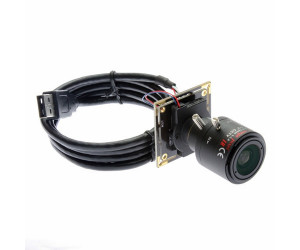
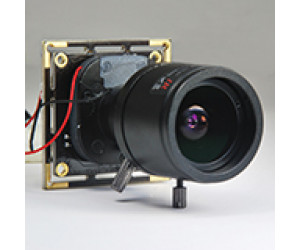
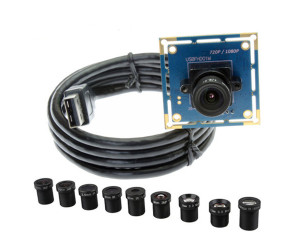
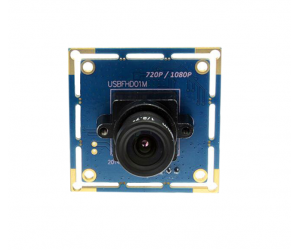
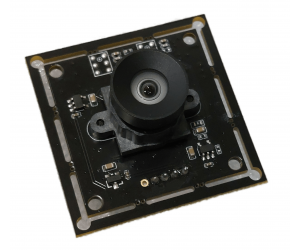
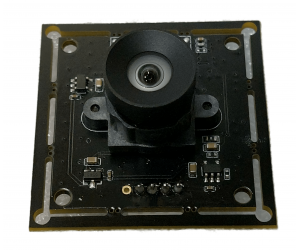
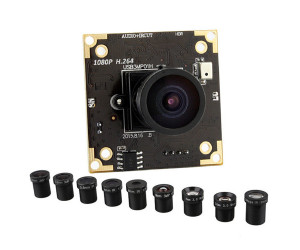
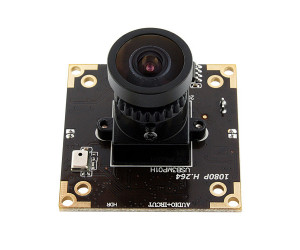
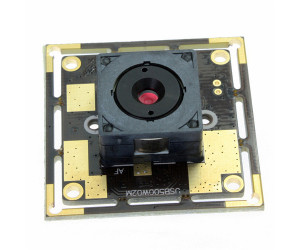
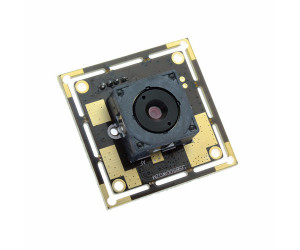
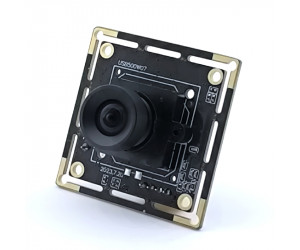
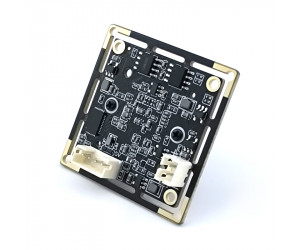
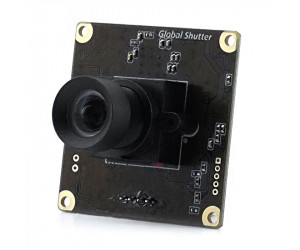

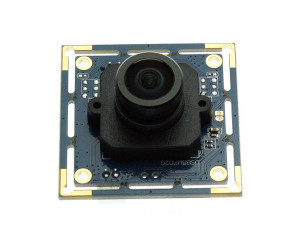
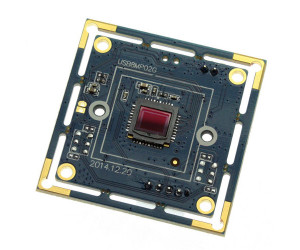
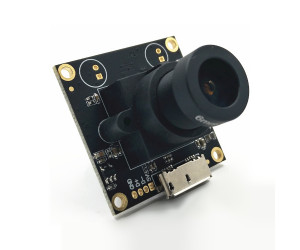
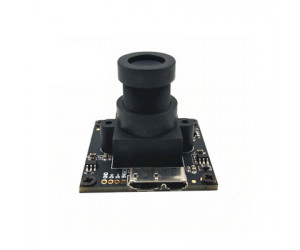
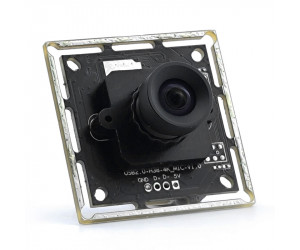
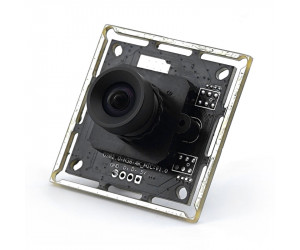
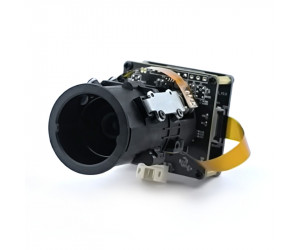
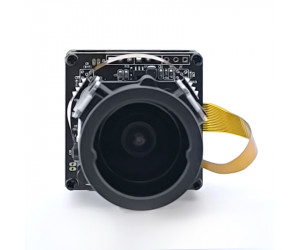

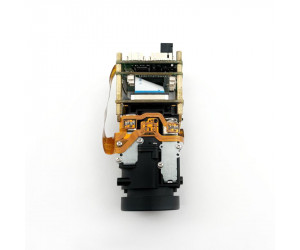
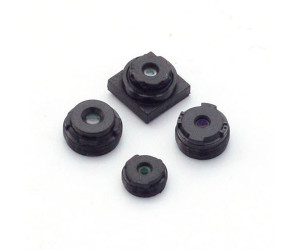
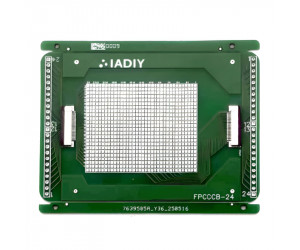
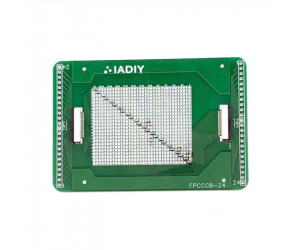
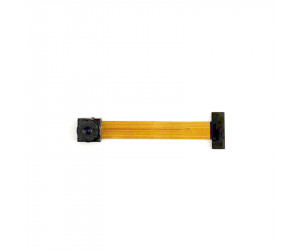
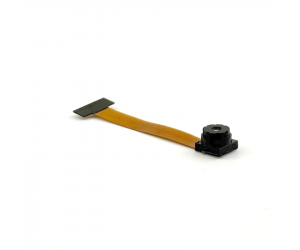
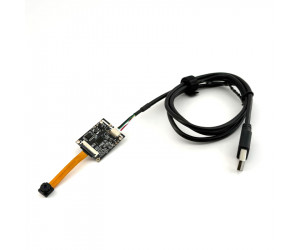
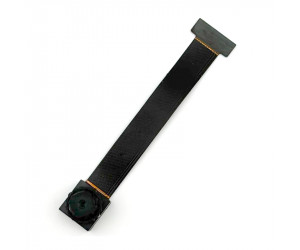
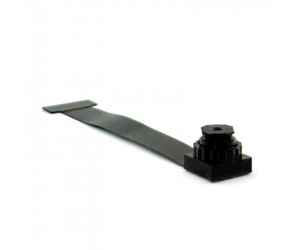
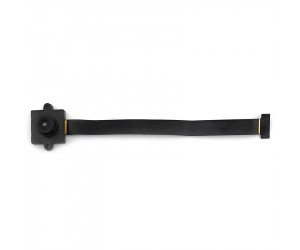

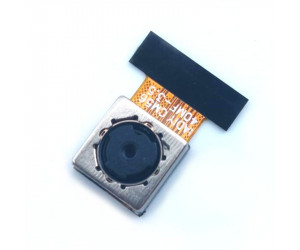
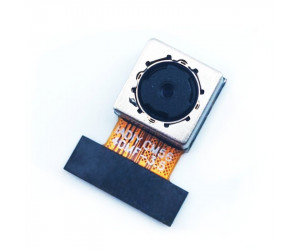
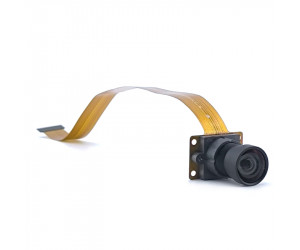
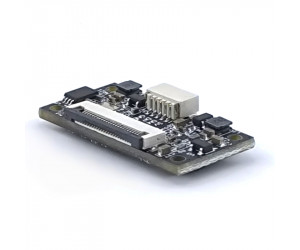
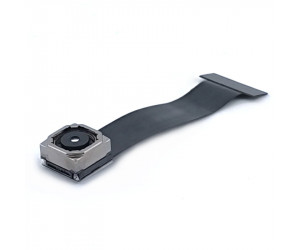
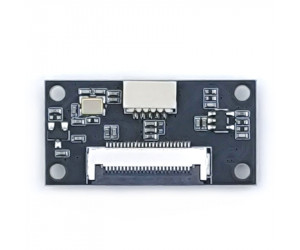
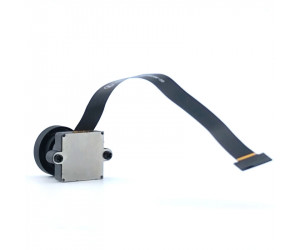
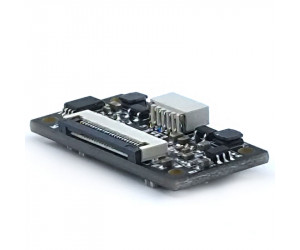
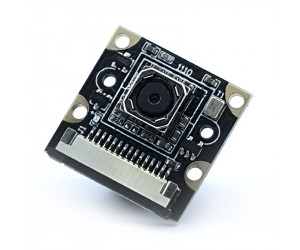
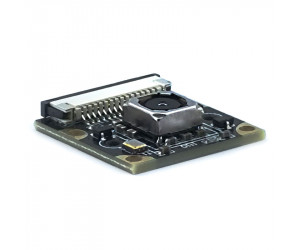
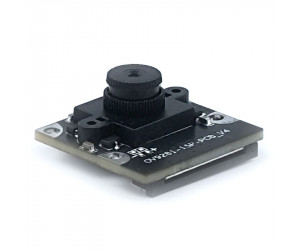
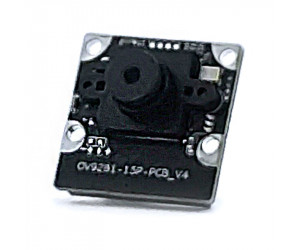
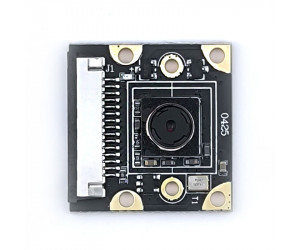
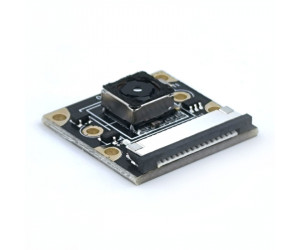
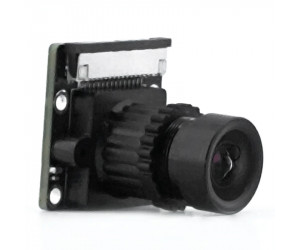
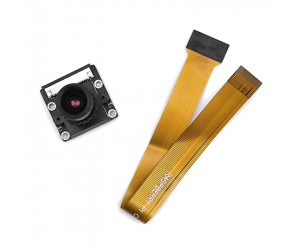
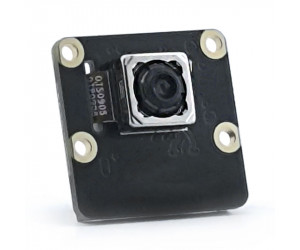
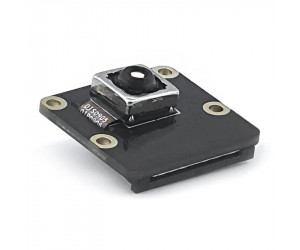
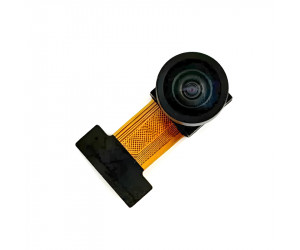
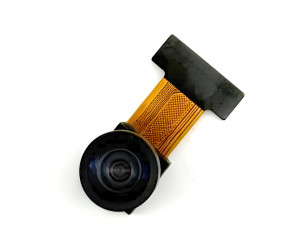
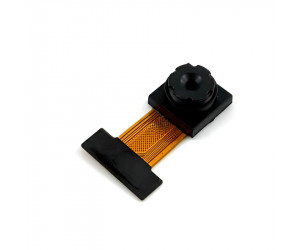
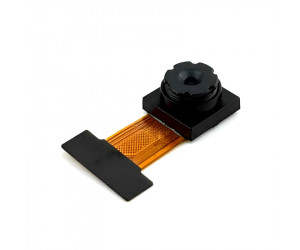
-300x250h.jpg)

